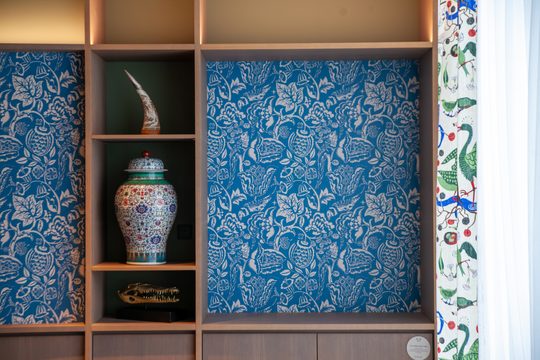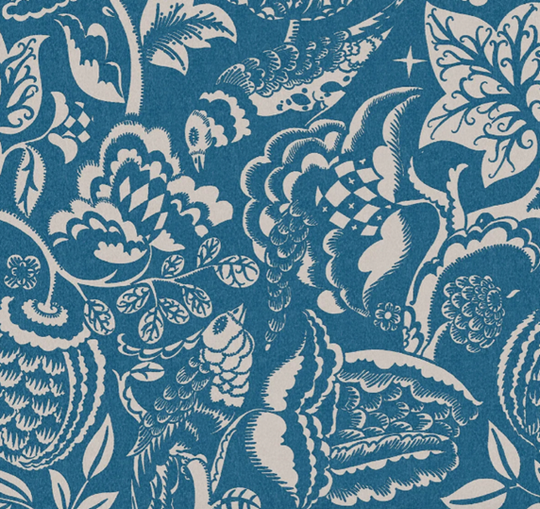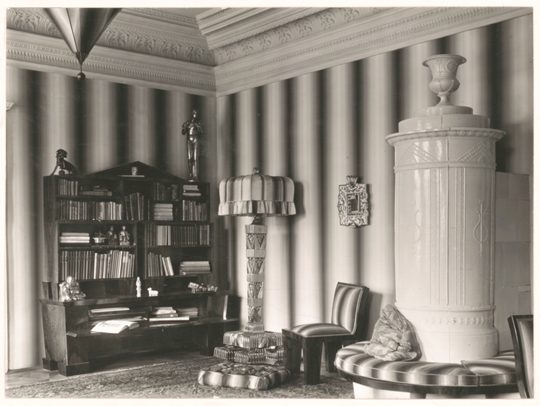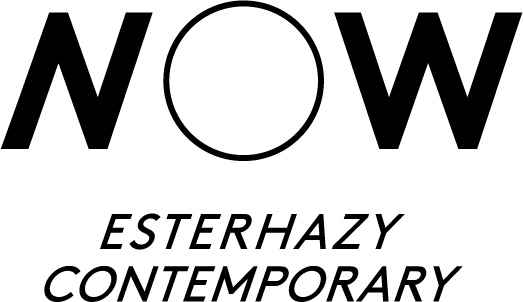Wundervogel

Contrary to the common belief that the mindset and formal language of Modernism developed in a linear and logical progression toward today's functionalism, there were many architects, artists and designers (both women and men) at the beginning of the 20th century whose styles were modern but diverged from the minimalist and geometric “functional style.” Their approach could be summarized as “the other Modernism,” representing an alternative possibility of our own identity. As such, rediscovering their potential is a valuable endeavor today. Figures like Friedrich Kiesler, Josef Frank, Felice Rix-Ueno and Dagobert Peche stand out in this context.

Among these, the work of Dagobert Peche is particularly fantastical and remains strikingly contemporary. In his brief creative career, Peche produced an extraordinary array of ornamental designs. He worked with opulent decorations drawn from nature and folk art, advocating for the "overcoming of utility." He designed jewelry, furniture, exhibition displays and vividly colorful fabric and wallpaper patterns. For the Wunderkammer of VOLIERE, it was only natural to showcase his wallpaper design Wundervogel in a prominent position. In this context, it interacts as a deep blue resonance space with the equally fantastical drawings of Katrin Plavčak displayed alongside it.

